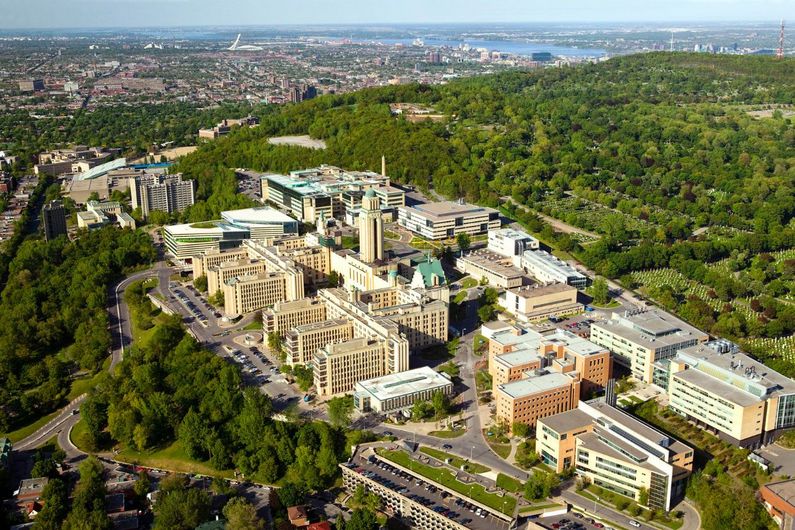Université de Montréal releases its first carbon footprint report
- UdeMNouvelles
12/12/2024
- Martin LaSalle
The Sustainable Development Unit’s document covers the year 2022-2023 and gives preliminary results for 2023-2024.
UdeM has taken an important step on the environmental front by publishing its first verified carbon footprint report.
According to the detailed breakdown, in 2022-23 the university’s greenhouse gas (GHG) emissions totalled more than 63,000 tonnes of carbon dioxide equivalent (tCO2eq).
In the French-language report, the emissions were catalogued in three categories:
- Scope 1: Direct emissions,. These accounted for approximately 28,400 tCO2eq. Heating buildings with natural gas alone contributed 26,852 tCO2e, followed by refrigerant system leaks (1,044 tCO2e) and emissions from service vehicles.
- Scope 2: Purchased electricity. This generated only 254 tCO2eq, as it consisted of hydroelectric power provided by Hydro-Québec.
- Scope 3: Indirect emissions. Procurement of goods and services was the largest component at 21,056 tCO2eq, followed by daily commuting by students and employees at 10,807 tCO2eq, professional travel at 2,735 tCO2eq, and management of leased space at 814 tCO2eq.
According to sustainable development coordinator Stéphane Béranger and climate change advisor Thierry Gras Chouteau, of UdeM’s Sustainable Development Unit (SDU), the report will help UdeM monitor its emission reduction efforts.
The university has set incremental targets for Scope 1 and 2 emission reductions that call for an overall reduction of 20 per cent below 2004-2005 levels by 2025, 40 per cent by 2030, and carbon neutrality by 2040.
The baseline year of 2004-2005 was chosen to align with Canada’s targets under the Paris Agreement on international GHG reductions.
To achieve its targets, UdeM is relying mainly on electrification of its heating systems. Replacing natural-gas boilers with electric boilers, notably at the university’s thermal centre and the Marie-Victorin building, is expected to yield a substantial reduction of at least 5,000 tCO2eq.
Data from five sites
UdeM’s first carbon footprint report is based on data collected by the responsible units at UdeM’s main and MIL campuses, as well as its satellite campuses in Saint-Hyacinthe and Laval and its biological research station in the Laurentians.
The data were then compiled and analyzed by the SDU and verified by the external auditor Enviro-access.
To support its environmental efforts, UdeM has established a carbon fund to offset the GHG emissions generated by its employees’ professional trips. As well, the SDU is offering a new service to help the university’s units and departments quantify their GHG emissions and create and implement a reduction plan.
According to Béranger and Gras Chouteau, UdeM’s carbon footprint is average for Quebec post-secondary institutions, comparable to those of McGill University, Université de Sherbrooke and Université Laval.
“This first certified carbon footprint is a crucial step towards meeting UdeM’s commitment to the ecological transition,” they said in a joint statement. “It provides a solid basis for measuring future progress and refining our emission reduction strategies.”
An app to measure your carbon footprint
UdeM’s Sustainable Development Unit has developed a free mobile app , in French, that lets users calculate their own carbon footprint.
The “Votre empreinte” app, available on the SDU’s website, adds up users’ greenhouse gas emissions from commuting, professional travel and food consumption.














